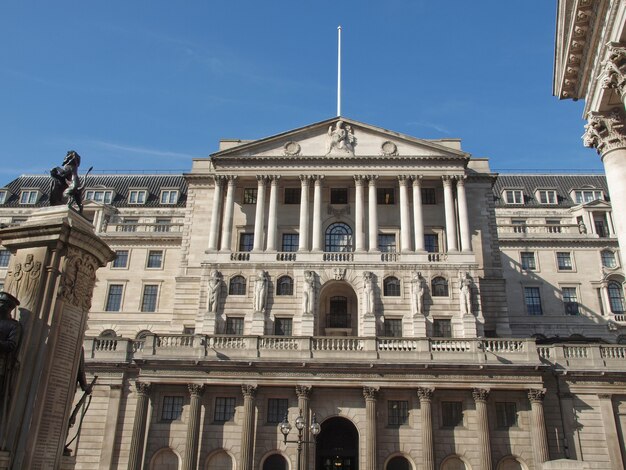UK Service Sector Enters Contraction As Rate Hikes Begin To Bite
The latest UK PMIs are unquestionably bad, and will give the Bank of England pause for thought as it nears the end of its tightening cycle.

The PMIs are unquestionably bad
Like the eurozone, there has been a pronounced deterioration in service sector activity in August, according to the latest PMIs. The index for this sector has slipped below the all-important 50 level, reaching 48.7. According to the makers of the PMI, S&P Global, higher Bank of England rates are beginning to do their job.
For various reasons, none of this will likely lead to a contraction in third-quarter GDP. Mainly because a hefty increase in June’s monthly activity numbers gave the third quarter a decent starting point, so when you compare the average GDP across July-September, it’s likely to be higher than the three months prior even if the economy fails to grow over the summer. On top of that, the ever-deteriorating manufacturing PMI – now at 42.5 – doesn’t really tally with what the official data is telling us, and that’s partly due to a sharp improvement in car production in recent months.
Overall GDP growth in the 0.3-0.4% area for the third quarter seems a reasonable base case at this stage.
Still, what these PMIs do tell us is that the UK is unlikely to be able to sustain those sorts of growth figures over the coming months. That manufacturing weakness is likely to show up more evidently. And remember that much of the impact of past rate hikes is still to feed through, given the heavily-fixed nature of the UK’s mortgage market.
Poor PMIs highlight the risks of focusing on backward-looking wage/inflation data
For now, the Bank of England doesn't seem to be been putting too much emphasis on the growth numbers, with its focus still almost entirely on inflation. And on that score, policymakers won’t like the references in the latest PMI press release to persistently strong wage pressures. Still, the PMIs also reveal that prices charged by corporates are increasing at the slowest rate since February 2021, and that echoes what we’ve seen in various other surveys too.
Ultimately, the Bank of England appears wary about putting too much weight on survey data, while official numbers on wage growth and services inflation continue to come in higher. But much like the recent increase in unemployment and ongoing fall in vacancy numbers, today’s PMIs show that the economy does appear to be turning from a state of very modest growth to stagnation and perhaps even modest recession. As time goes on, the BoE’s laser-focus on inflation/wages, both of which are heavily lagging indicators of economic activity, means the risks of overtightening have risen.
These latest PMIs have seen a big repricing of UK rate expectations this morning according to the swaps curve, and investors now see Bank Rate peaking at 5.83% – or two-and-a-bit extra rate hikes. That doesn’t seem totally unrealistic, though our own base case is that we get just one final rate hike in September. That’s premised on the services inflation numbers staging a modest improvement before November’s meeting, enabling the Bank to pause.
More By This Author:
FX Daily: A Busy Day Ahead Of Jackson HoleThe Commodities Feed: Iranian Oil Flows Edge Higher
FX Daily: Manning The Renminbi Barricade
Disclaimer: This publication has been prepared by the Economic and Financial Analysis Division of ING Bank N.V. (“ING”) solely for information purposes without regard to any ...
more


